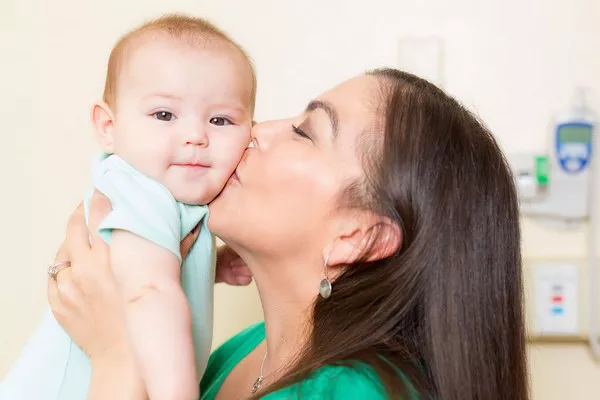Welcoming a newborn into your family is a joyous occasion, but it also comes with its fair share of questions and uncertainties, especially for first-time parents. One common concern revolves around diaper changes: How many pee and poop diapers does a newborn need? Understanding your baby’s diapering needs is crucial for their comfort and overall well-being. In this comprehensive guide, we’ll explore the ins and outs of diapering a newborn, offering you valuable insights and tips to keep your little one happy and healthy.
Frequency of Diaper Changes
The frequency of diaper changes for a newborn is a topic of much discussion among parents. Newborns have tiny bladders and digestive systems that work around the clock. On average, a newborn will wet their diaper at least 8 to 12 times a day. This means you should be prepared for approximately 8 to 12 pee diapers per day. However, keep in mind that some babies may require more frequent changes, while others may go a little longer between diaper changes.
Poop Diapers: What’s Normal?
Newborn poop diapers can vary in frequency and appearance, and it’s essential to understand what’s considered normal. During the first few days after birth, your baby will pass meconium, a thick, sticky, greenish-black substance. This gradually transitions to a lighter, mustard-yellow color as your baby starts digesting breast milk or formula.
In terms of frequency, a breastfed baby may have several small bowel movements a day, often after each feeding. On the other hand, formula-fed babies tend to have fewer, but larger, bowel movements—around one to three per day. Remember, these are just averages, and individual variations are entirely normal.
Newborn Diaper Sizes
Diaper sizes for newborns are categorized by weight, but it’s important to choose a size that provides a snug fit without being too tight. Too loose, and you risk leaks; too tight, and it can be uncomfortable for your baby. Most newborns start with size “Newborn” or “Size 0” diapers, designed for babies up to 10 pounds.
As your baby grows, you’ll need to move up to larger sizes to accommodate their increasing weight. Be attentive to your baby’s comfort and adjust diaper sizes accordingly.
Signs It’s Time for a Diaper Change
Knowing when it’s time for a diaper change is essential to keep your newborn comfortable and prevent skin irritations. Look out for the following signs:
a. Wetness Indicator: Many diapers come with a wetness indicator strip that changes color when the diaper is wet. This can be a helpful visual cue.
b. Discomfort: If your baby seems fussy, irritable, or uncomfortable, it may be a sign that they need a diaper change.
c. Visual Inspection: Check the diaper for visible signs of wetness or soiling.
d. Routine Checks: Establish a diaper-changing routine to ensure your baby stays dry and clean.
Diapering Tips for Newborns
Diapering a newborn can be a bit challenging, especially if you’re new to parenting. Here are some essential tips to make the process smoother:
a. Gather Supplies: Before you start, have all your diapering supplies within arm’s reach, including diapers, wipes, and a changing pad.
b. Be Gentle: Handle your baby with care during diaper changes to avoid discomfort or injury.
c. Cleanse Thoroughly: Use gentle baby wipes to clean your baby’s bottom, wiping from front to back for girls and being thorough but gentle with boys.
d. Diaper Cream: Consider using a diaper cream to prevent diaper rash and soothe irritated skin.
e. Secure the Diaper: Ensure the diaper is snug but not too tight to prevent leaks.
f. Dispose of Properly: Dispose of soiled diapers in a hygienic manner, and consider using a diaper pail with a lid to contain odors.
Conclusion
Understanding your newborn’s diapering needs is an essential aspect of caring for your baby’s health and comfort. On average, expect around 8 to 12 pee diapers and several poop diapers a day. Remember that every baby is unique, so these numbers can vary. By following the signs, using the right diaper sizes, and implementing diapering tips, you’ll navigate this aspect of newborn care with confidence and ease. Keep your little one happy, dry, and content, and you’ll be off to a great start on your parenting journey.


